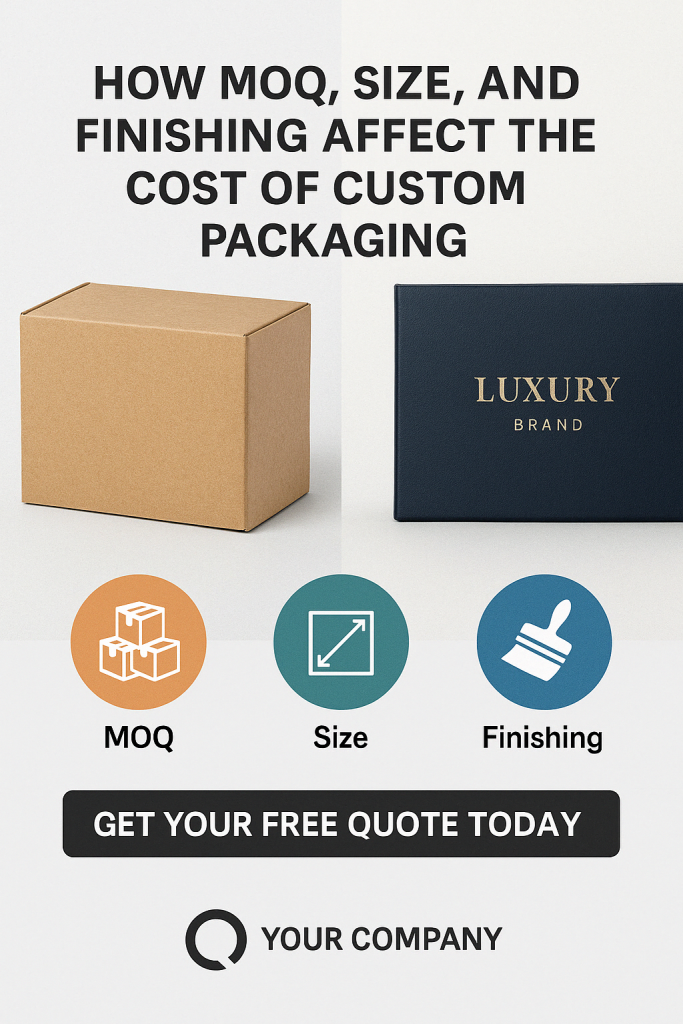When it comes to creating visually appealing and functional printed materials or packaging, it’s crucial to understand various design lines. These lines play a significant role in ensuring that your final product looks professional and functions as intended. In this post, we’ll explore six essential design lines: fold lines, cut lines, perforation lines, bleed lines, safety lines, and glue tabs.
1. Fold Lines:
Fold lines are essential for brochures, flyers, and other materials meant to be folded. They indicate where the paper or cardstock should be folded to create a clean and precise fold. Properly placed fold lines ensure that your design aligns perfectly and doesn’t look awkward when folded.
2. Cut Lines:
Cut lines are the most crucial lines in printing and packaging. They define the edges of your design, indicating where the printed material will be trimmed. Accurate cut lines are vital to prevent unwanted white space or text being cut off. Always ensure your cut lines match the final size of your project.
3. Perforation Lines:
Perforation lines are used when you want a portion of your design to be easily separated from the rest. Think of tear-off coupons or reply cards. Precise perforation lines ensure that the separation is clean and that the final product looks professional.
4. Bleed Lines:
Bleed lines are vital for full-bleed designs, where the ink or color extends to the edge of the paper. Bleed lines are typically set beyond the cut lines to guarantee that there are no unprinted edges or white gaps. This extra margin is trimmed off after printing.
5. Safety Lines:
Safety lines, also known as “safe zones” or “critical areas,” are meant to safeguard important content, like text and graphics, from being too close to the cut lines. They ensure that no essential information is accidentally trimmed off during the cutting process. It’s recommended to keep crucial elements within the safety zone.
6. Glue Tabs:
Glue tabs are used in packaging and assembling designs like boxes or folders. They indicate where adhesive should be applied to secure the folded structure. Properly positioned glue tabs are essential for making sure your packaging holds together as intended.
In summary, understanding and correctly implementing fold lines, cut lines, perforation lines, bleed lines, safety lines, and glue tabs are fundamental to achieving a professional and well-executed printed design or packaging. Failing to pay attention to these design elements can result in a final product that looks messy, unprofessional, or doesn’t function as intended.
Always consult with your printing or packaging provider for specific guidelines and templates to ensure your design aligns perfectly with these design lines. By mastering these design basics, you’ll be better equipped to create stunning, functional materials and packages that leave a lasting impression on your audience.







